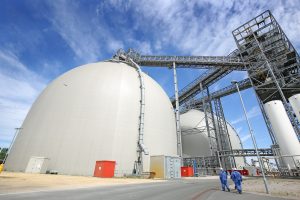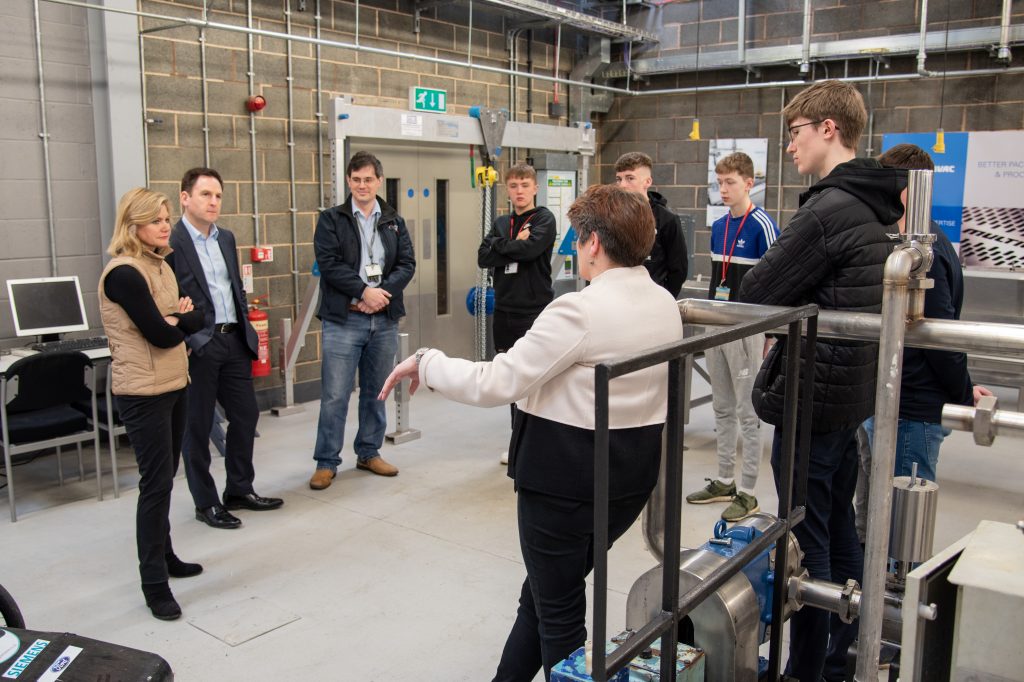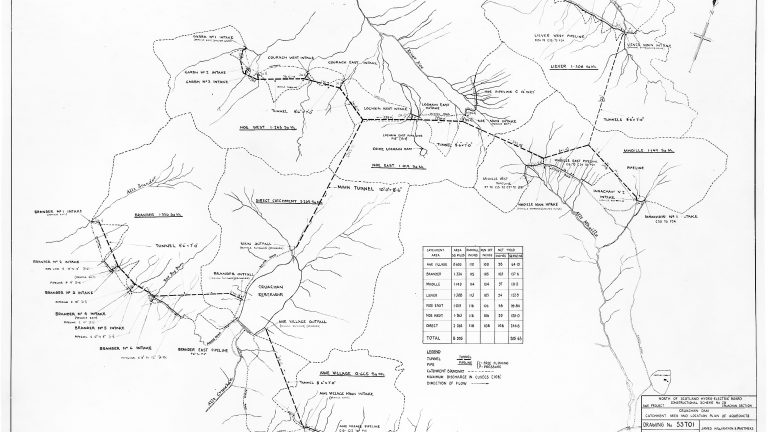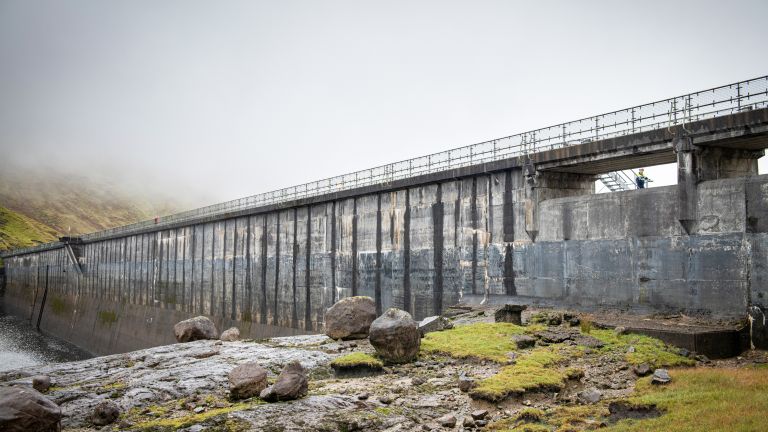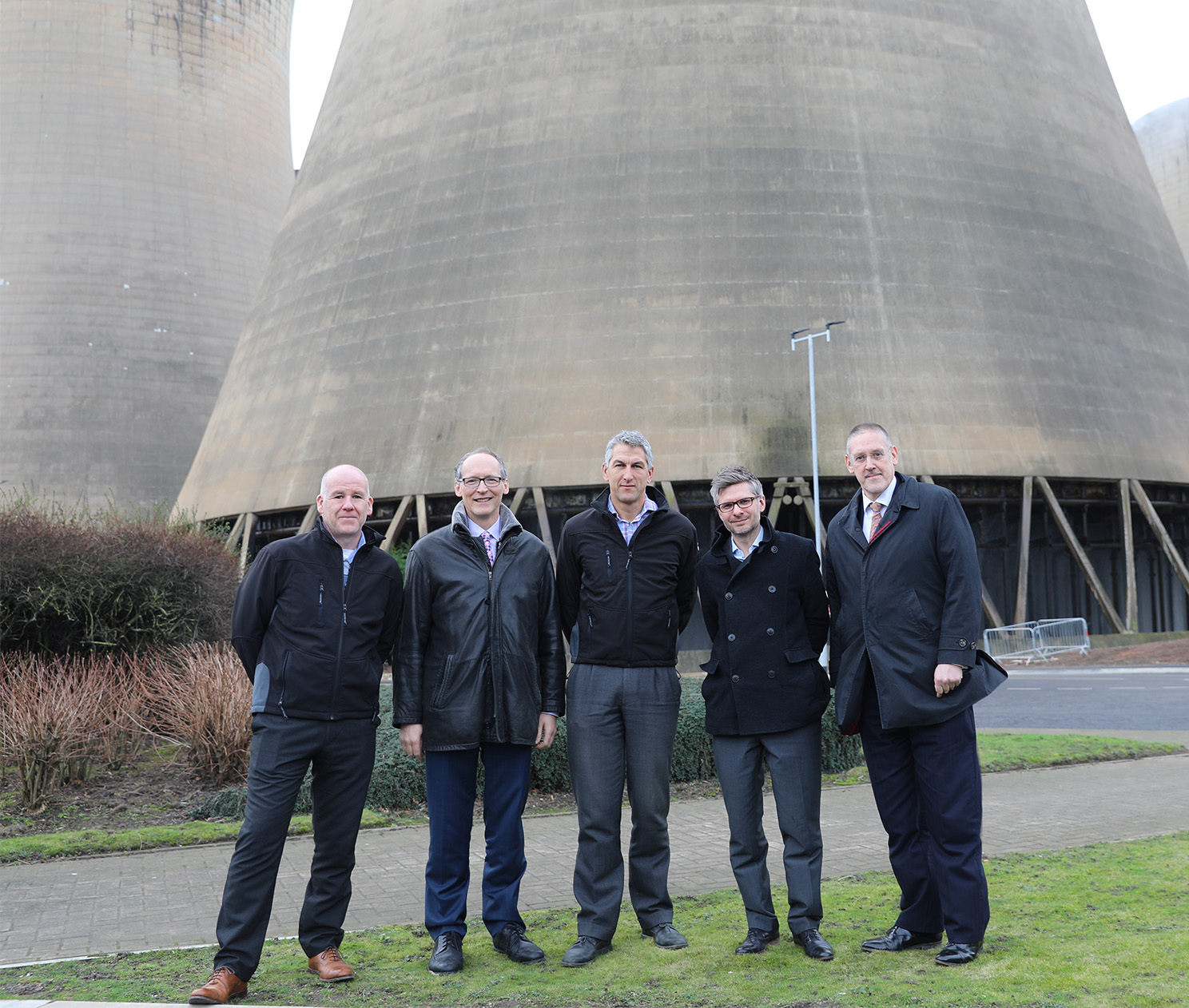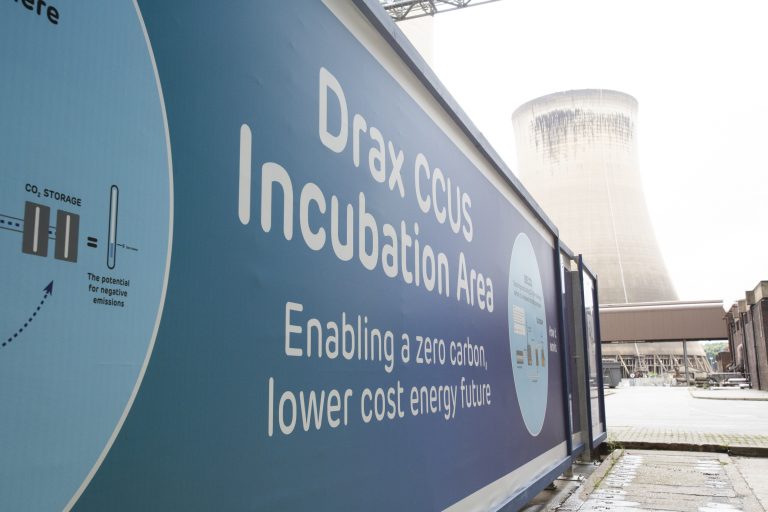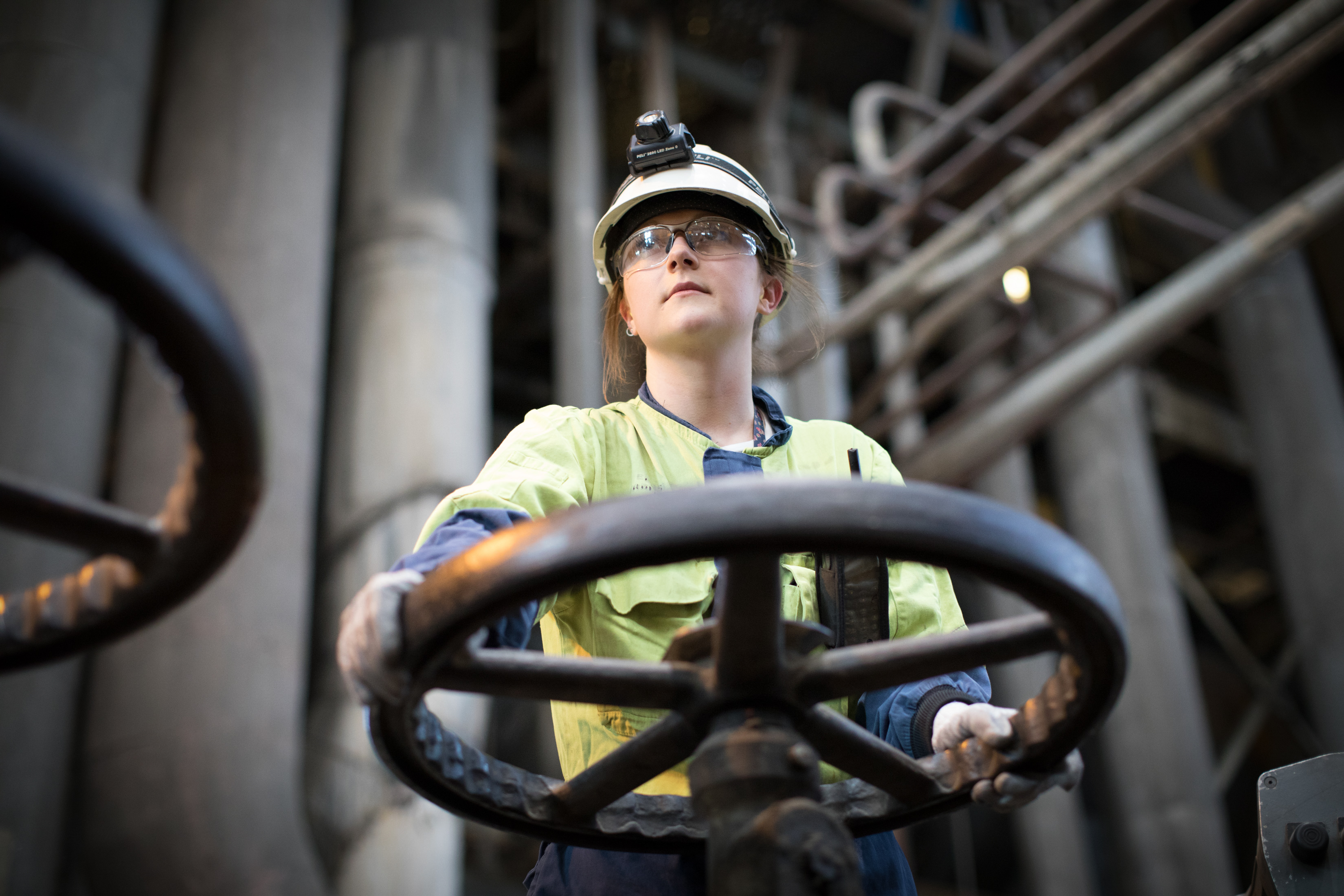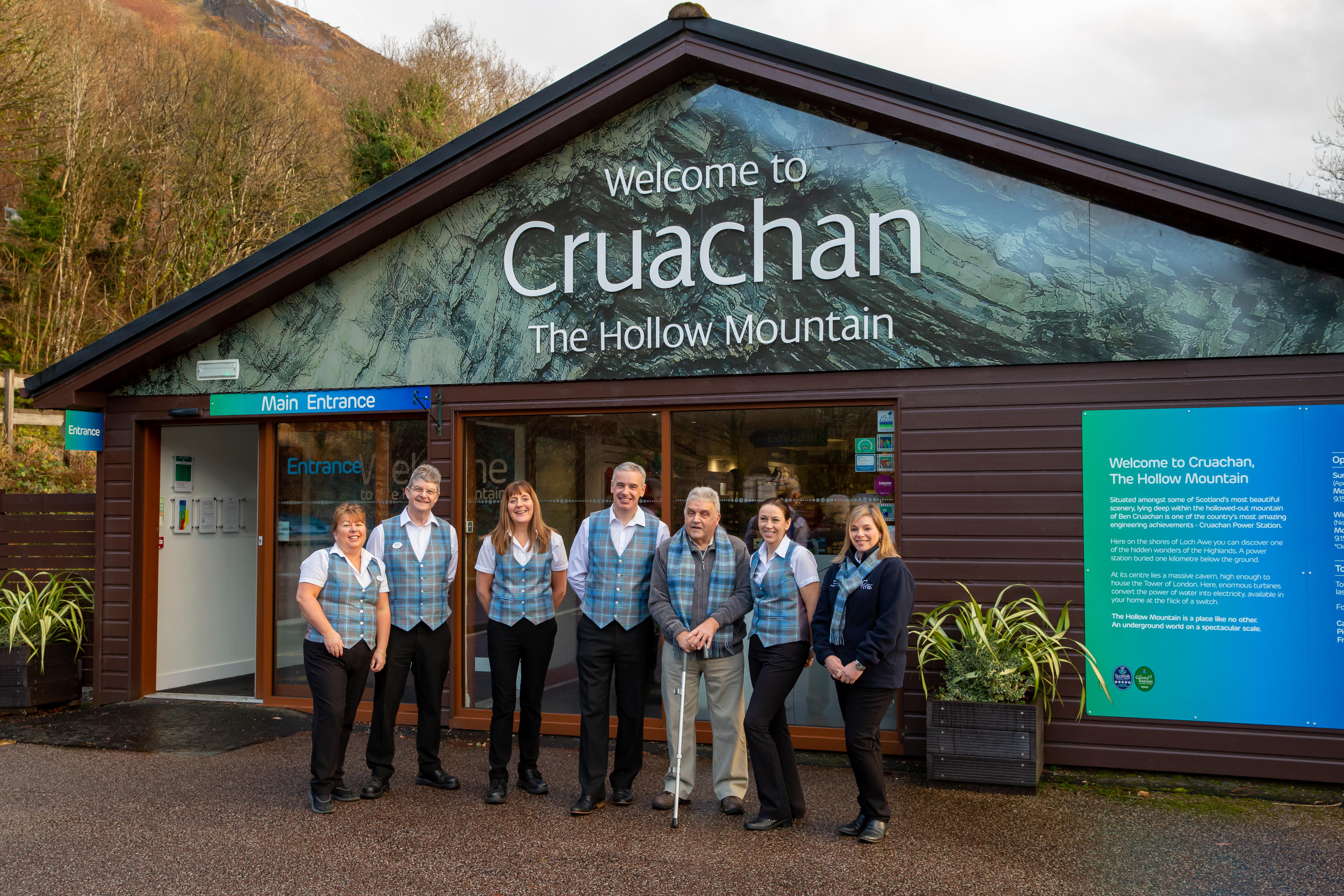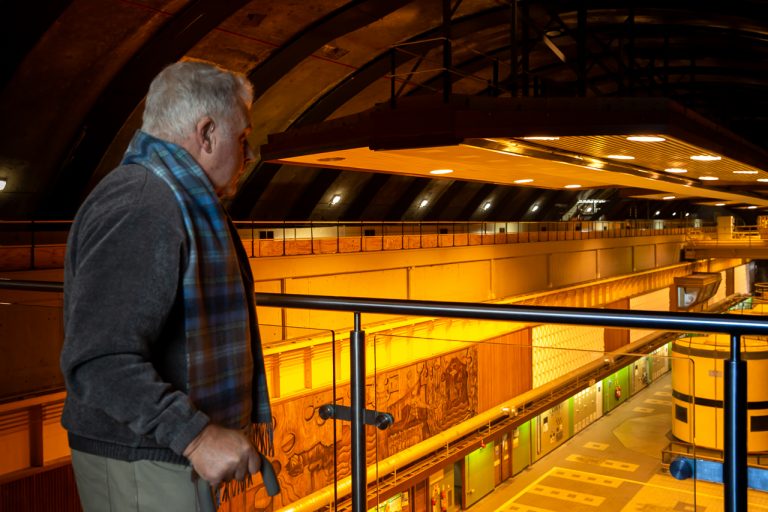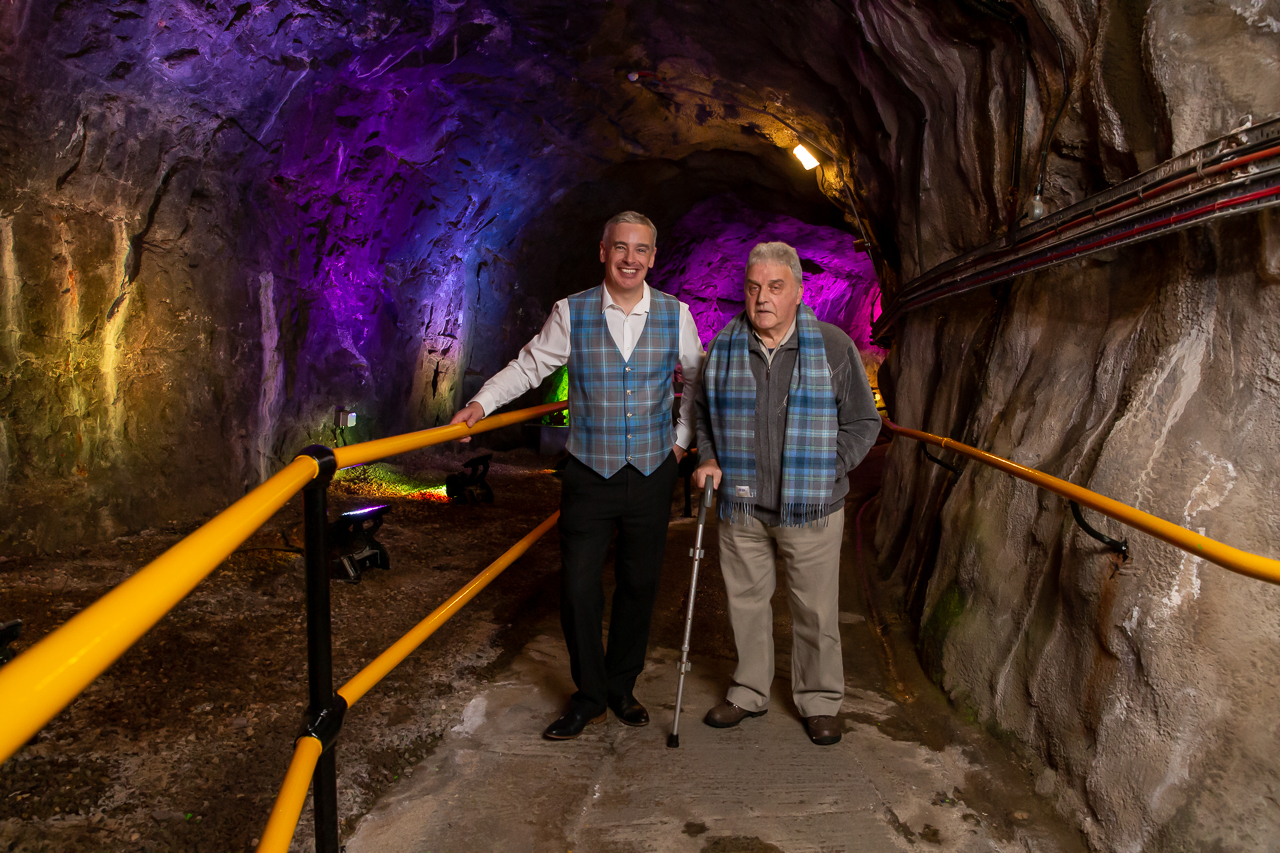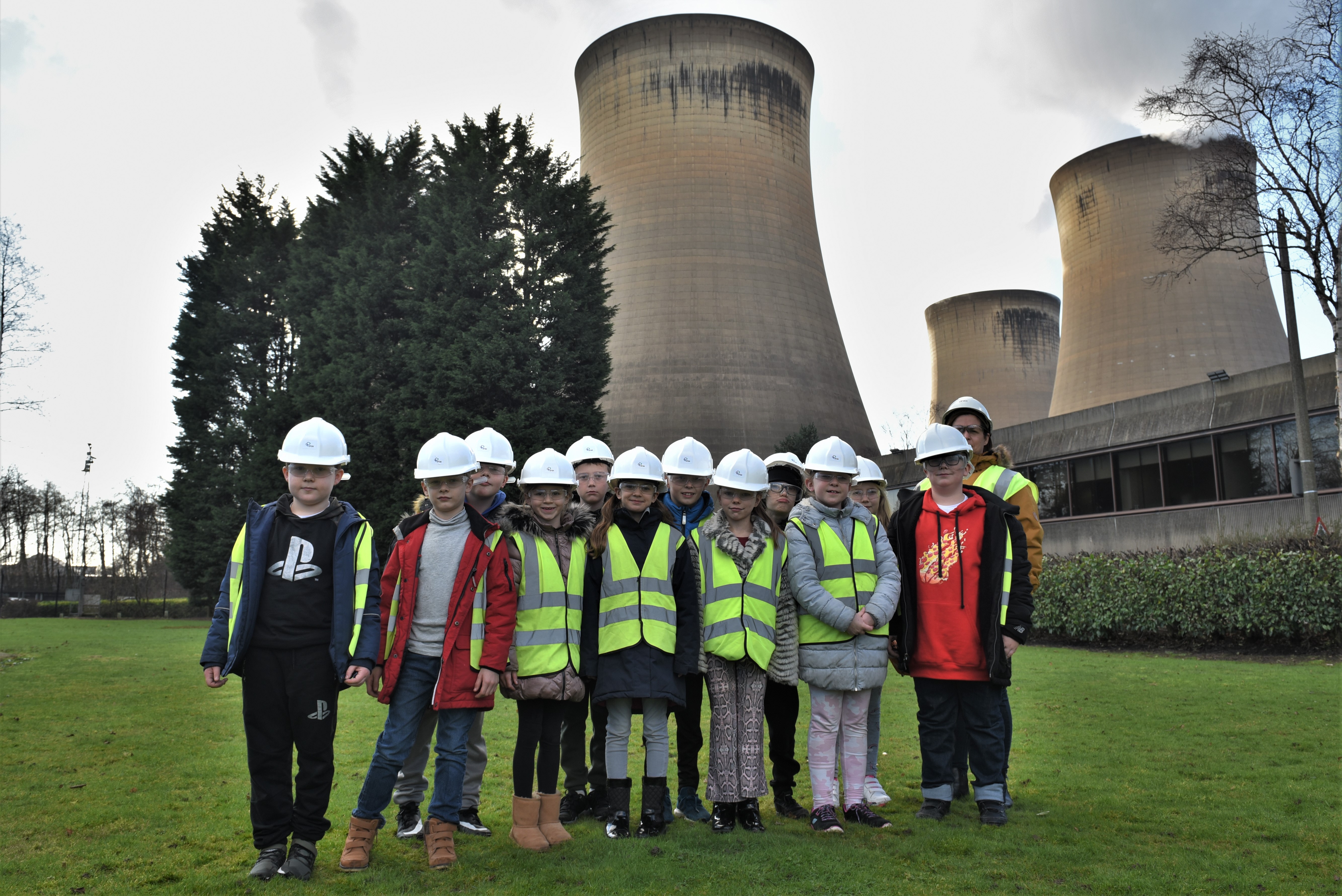
The group of 32 students aged between eight and nine, visited Drax Power Station, near Selby in North Yorkshire, which has upgraded two thirds of its generating capacity to use compressed wood pellets in place of coal.
This has transformed the plant to become the UK’s largest renewable power generator – producing enough electricity for four million homes – and Europe’s biggest decarbonisation project.
It has also paved the way for Drax to pioneer ground-breaking bio energy with carbon capture and storage (BECCS) technology. If BECCS can be used across all four of its biomass generating units, Drax could become the world’s first negative emissions power station, helping it to make an even greater contribution towards tackling the climate emergency.
Pupils were taken on a full tour of the site including the innovative BECCS pilot plant which is capturing a tonne of CO2 each day, the 427-metre turbine hall that houses the six huge turbines which power the generators to produce electricity.
They also enjoyed a close-up view of the UK’s first wood pellet storage domes, each large enough to fit The Royal Albert Hall inside, and the 12 cooling towers, which at 115 metres high are taller than the Statue of Liberty.
Drax Group’s Head of Business Sustainability, Vicky Bullivant, said:
“By providing tours at Drax Power Station we want to further students’ understanding of how electricity is produced and hopefully fire their imaginations and inspire them to study STEM subjects by showing them some of the pioneering technologies we’re trying, like BECCS, which could play a vital role in addressing the climate crisis.”
During the tour, pupils learnt how renewable electricity is generated and discovered how sustainable, compressed wood pellets have enabled Drax to reduce its carbon emissions by more than 80% compared to when those generating units used coal.
Chetna Taylor, from Waltham Leas Primary Academy, who organised the visit, said:
“The students had a great day at Drax, learning about how the electricity system works and where our electricity is generated. Visits like this are so valuable because seeing the power station and the scale of the operations is impossible to replicate in a classroom – it really brings the subject to life.”
Drax has a long tradition of supporting education and helping to inspire the engineers of the future by encouraging greater interest in STEM (science, technology, engineering and maths) subjects. Earlier this year it invested £35,000 in the GreenPower initiative involving seven local schools and colleges in building and racing electric vehicles.
The Waltham Leas Academy students are among over 12,000 visitors to Drax every year. Tours are free to all primary and secondary schools and can be tailored to suit the area of the curriculum teachers are interested in.
For further information on school tours at Drax visit the website at www.drax.com/uk.
ENDS
Image caption: Students from Waltham Leas outside the cooling towers at Drax Power Station
Media contacts:
Lily Pettifar
Drax Group Media Intern
lily.pettifar@drax.com
07719 559 556
About Drax
Drax Group’s purpose is to enable a zero carbon, lower cost energy future. Its 2,900-strong employees operate across three principal areas of activity – electricity generation, electricity sales to business customers and compressed wood pellet production.
Power generation:
Drax owns and operates a portfolio of flexible, low carbon and renewable electricity generation assets across Britain. The assets include the UK’s largest power station, based at Selby, North Yorkshire, which supplies five percent of the country’s electricity needs.
Having converted two thirds of Drax Power Station to use sustainable biomass instead of coal it has become the UK’s biggest renewable power generator and the largest decarbonisation project in Europe.
Its pumped storage, hydro and energy from waste assets in Scotland include Cruachan Power Station – a flexible pumped storage facility within the hollowed-out mountain Ben Cruachan. It also owns and operates four gas power stations in England.
Customers:
Drax owns two B2B energy supply businesses:
- Haven Power, based in Ipswich, supplies electricity and energy services to large Industrial and Commercial sector businesses.
- Opus Energy, based in Oxford, Northampton and Cardiff, provides electricity, energy services and gas to small and medium sized (SME) businesses.
Pellet production:
Drax owns and operates three pellet mills in the US South which manufacture compressed wood pellets (biomass) produced from sustainably managed working forests. These pellet mills supply around 20% of the biomass used by Drax Power Station in North Yorkshire to generate flexible, renewable power for the UK’s homes and businesses.
For more information visit www.drax.com/uk






